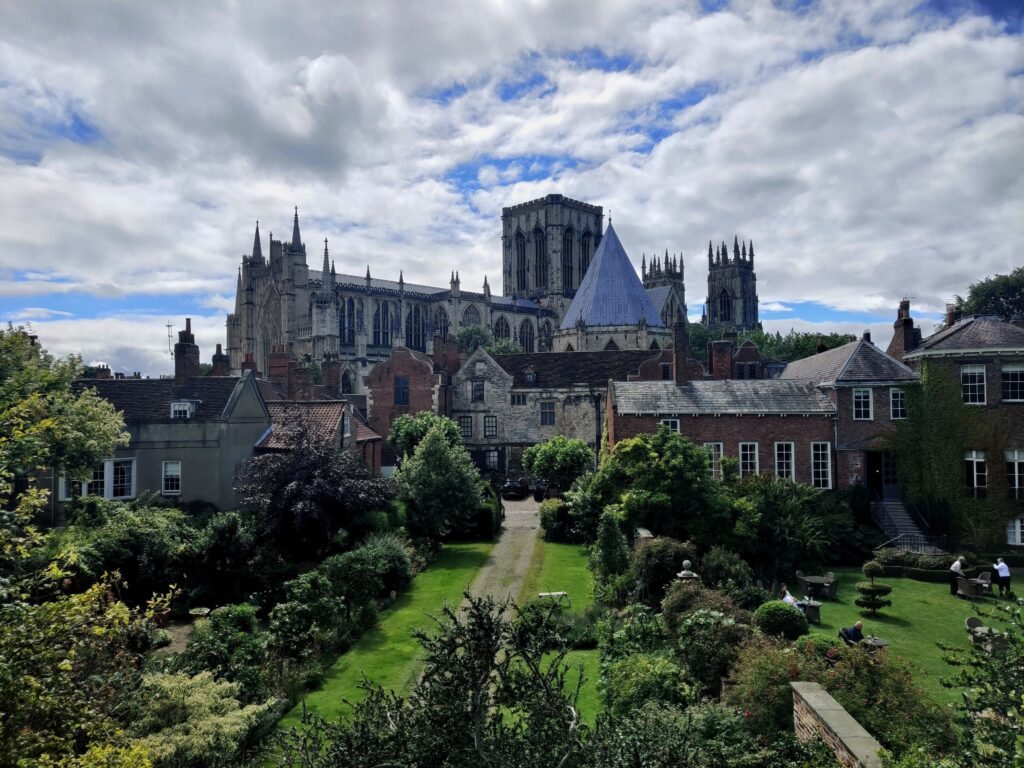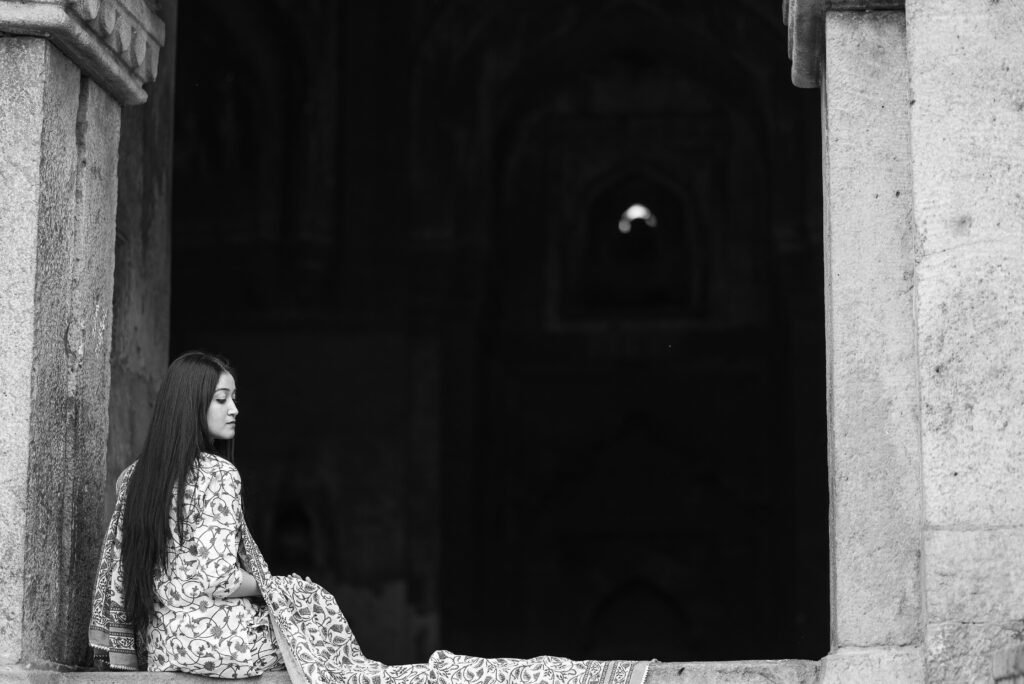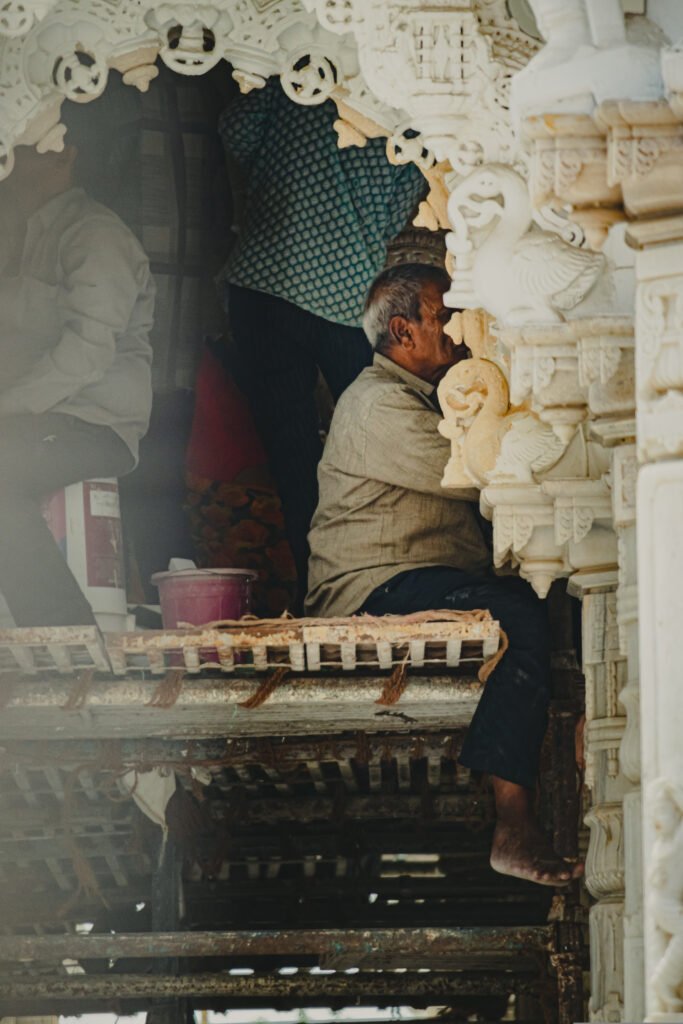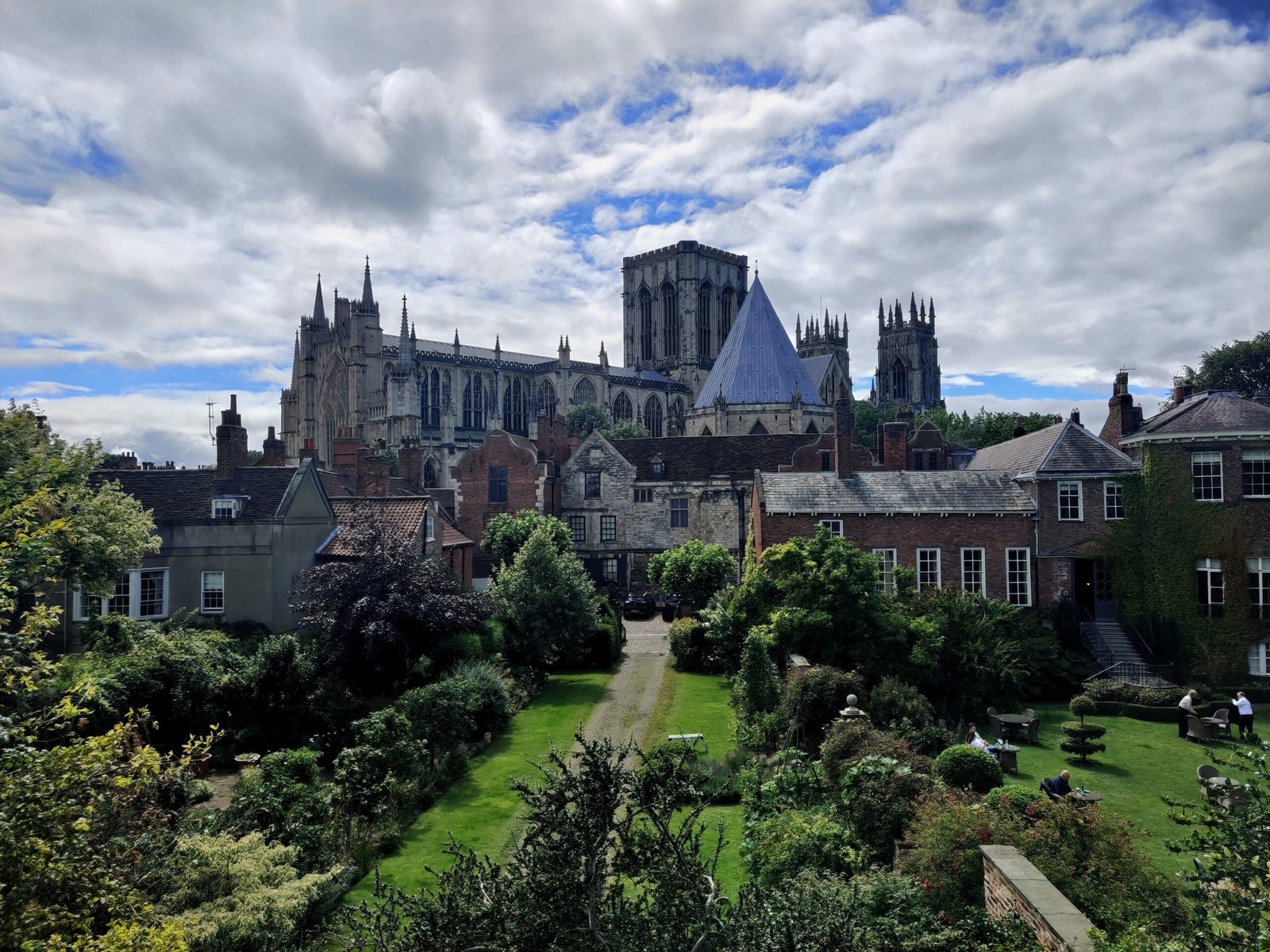Philadelphia, a city steeped in history and heritage, boasts a plethora of stunning historic churches that captivate the imagination. From towering spires to exquisite architectural details, these sacred places of worship not only provide a glimpse into Philadelphia’s past but also offer a serene sanctuary in the bustling city. Explore the rich history and beauty of these top historic churches in Philadelphia, as you embark on a journey that blends faith, culture, and awe-inspiring craftsmanship.

Christ Church
History
Christ Church, located in the Old City neighborhood of Philadelphia, is one of the most historic churches in the city. It was founded in 1695 and has played a significant role in the religious and cultural history of Philadelphia. The church was initially affiliated with the Church of England and served as the Episcopal parish church for many prominent colonial figures, including Benjamin Franklin and George Washington. Over the years, Christ Church has witnessed numerous significant events and has remained an important symbol of Philadelphia’s rich history.
Architecture
The architecture of Christ Church is a fine example of Georgian and Gothic Revival styles. The church building, completed in 1744, features a traditional cruciform shape with a striking brick facade. The exterior is characterized by intricate details, such as the ornate stone carvings and decorative windows. Inside, the church has beautiful stained glass windows, elegant wooden pews, and a stunning chancel with a magnificent organ. The church’s architecture reflects the craftsmanship of the time and has been meticulously preserved and restored over the years.
Notable Features
One of the most notable features of Christ Church is its historic steeple, which stands at an impressive 196 feet tall. It is one of the tallest religious structures in colonial America and has become an iconic symbol of Philadelphia. The steeple is adorned with a golden weathervane in the shape of a flaming orb, known as the “Christ Church Roof Ball.” This weathervane, made of copper and gilded in gold leaf, has been a recognizable landmark in the Philadelphia skyline for centuries. Visitors to the church can also explore its burial ground, where many notable figures from American history, including Benjamin Franklin, are laid to rest.

St. Peter’s Church
History
St. Peter’s Church is another historic place of worship located in Philadelphia. Established in 1758, it is one of the oldest Catholic churches in the city. The church’s history is closely tied to the influx of Irish immigrants in the 19th century, who played a significant role in shaping the local Catholic community. St. Peter’s Church has been a cherished part of the religious and cultural fabric of Philadelphia for centuries.
Architecture
The architecture of St. Peter’s Church is a beautiful blend of Gothic and Romanesque styles. The exterior of the church is adorned with intricate stone carvings and statues. Inside, visitors are greeted by soaring ceilings, elegant columns, and stunning stained glass windows. The church is known for its impressive rose window, which depicts scenes from the life of St. Peter. The attention to detail in the architecture of St. Peter’s Church is a testament to the skilled craftsmen who built it.
Notable Features
One of the standout features of St. Peter’s Church is its grand pipe organ, which dates back to the late 19th century. This magnificent instrument fills the church with beautiful music during worship services and special events. The church also houses a stunning collection of religious artwork and sculptures, showcasing the artistic talents of the community over the years. St. Peter’s Church is a place of rich history and spiritual significance and continues to be a vibrant center of worship in Philadelphia.

Old St. Joseph’s Church
History
Old St. Joseph’s Church, founded in 1733, is the oldest Catholic church in Philadelphia and the first Jesuit church in the United States. Its history is closely tied to the arrival of Catholic immigrants from Ireland, Germany, and other European countries in the early 18th century. The church played a vital role in providing spiritual guidance and support to these immigrant communities while also becoming a symbol of religious freedom and tolerance.
Architecture
The architecture of Old St. Joseph’s Church is a beautiful example of Colonial Revival style. The church building, completed in 1839, features a simple yet elegant design with a brick facade and a modest steeple. The interior of the church is adorned with wooden pews, stained glass windows, and intricate ornamentation. The vaulted ceilings and graceful arches create a sense of reverence and tranquility within the sacred space.
Notable Features
One of the notable features of Old St. Joseph’s Church is its historic cemetery, where many early Catholics in Philadelphia were laid to rest. The cemetery serves as a peaceful reminder of the church’s deep roots in the community. Additionally, the church is home to a collection of religious artifacts and artwork, including stunning altar pieces and statues. Old St. Joseph’s Church continues to be a cherished place of worship and a significant landmark in Philadelphia’s historic district.

St. Augustine’s Catholic Church
History
St. Augustine’s Catholic Church, founded in 1796, is one of the oldest African American Catholic churches in the United States. It holds a special place in Philadelphia’s history as a haven for the city’s African American community during a time of racial segregation and discrimination. The church served as a center of spiritual and cultural life for African Americans, offering support, guidance, and a sense of belonging.
Architecture
The architecture of St. Augustine’s Catholic Church is a beautiful blend of Gothic Revival and Romanesque styles. The church building, completed in 1844, features a distinctive red-brick facade with intricate stone carvings and elegant stained glass windows. Inside, visitors are greeted by a combination of graceful arches, high ceilings, and ornate detailing. The church’s architecture reflects the resilience and faith of the African American community throughout history.
Notable Features
One of the notable features of St. Augustine’s Catholic Church is its vibrant community outreach programs, which aim to address social issues and provide support to underserved populations. The church also houses a museum that showcases the history and contributions of African Americans to the Catholic Church and the wider community. St. Augustine’s Catholic Church stands as a testament to the power of faith, community, and inclusivity.

